by Brad Myler
Disability benefits represent a significant portion of the total Social Security benefits awarded each year. In 2012, for example, 17% of all Social Security benefits were awarded to disabled workers (SSA.gov, page 13). Medical problems contributed to 62% of all personal bankruptcies filed in the U.S. in 2007. Seventy percent of the individuals in the private-sector workforce have no long-term disability insurance. Less than 5% of disabling accidents and illnesses are work related. The other 95% are not, meaning Workers’ Compensation doesn’t cover them. Right now, there are about 6.9 million disabled workers in the U.S.
Social Security for Disability is available in essentially two forms: Supplemental Security Income (SSI), and Social Security Disability Insurance (SSDI). Which one you should apply for will depend on a number of factors.
First and foremost, though it may seem obvious, you must be disabled. Because people seem to have differing opinions about what qualifies as disabled, the Social Security Administration has defined it quite carefully. To qualify as disabled, you must suffer from a disability that is severe enough that it prevents you from performing a substantial gainful activity. While there are other elements addressed in the requirements, that is at the heart of it. Just over 1 in 4 of today’s 20 year-olds will become disabled before they retire, and one in eight workers will be disabled for five years or more during their working careers.
Disability is intended to provide financial assistance to those who are physically or mentally unable to provide for themselves. The system has limited resources at its disposal, and is thus very stringent when it comes to making sure only disabled individuals receive these benefits.
So, assuming you are indeed disabled according to the SSA guidelines, the next step is to determine which type of disability you should be applying for.
The quickest way to make that determination is to ask whether or not you have worked for approximately 5 out of the last 10 years? If not, then you will most likely not be able to qualify for SSDI, which has a work credit requirement to satisfy. This requirement varies by age though, so if you have any questions feel free to contact us for some answers.
If you haven’t worked for 5 out of the last 10 years, but are disabled, then you may qualify to apply for SSI, or Supplemental Security Income. According to SSA.gov 8,352,764 Americans are on disability benefits in 2013. Both Disability Insurance and Supplemental Security provide incentives for beneficiaries to work. Disability Insurance beneficiaries are encouraged to work up to their full capacity and can earn an unlimited amount for up to 12 months without losing any benefits.
If you believe you qualify for either SSI or SSDI, go ahead and fill out the form on the right and we’ll help you to get your application started!
It can be a long process, sometimes taking many years to receive benefits, but if your case qualifies we’ll help you through it, from start to finish! And, best of all, there is no fee unless you win!


